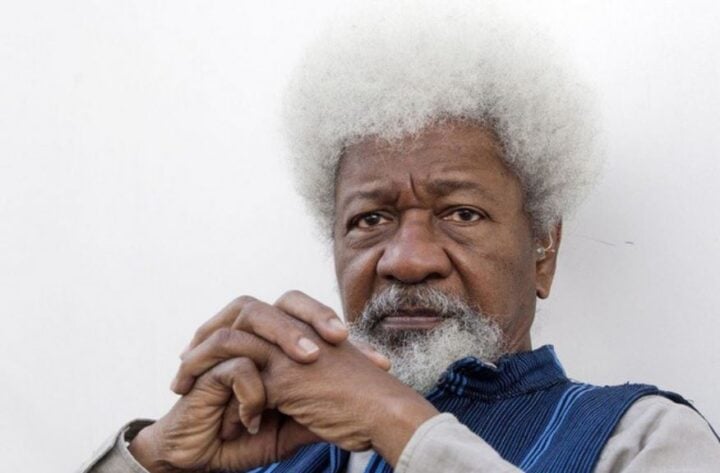A new way to build worlds - Stranger's Guide
Welcome to Vignettes, our weekly cabinet of curiosities. Here you’ll find unexpected facts, intimate portraits of interesting people, interviews and more.
Vignettes is for paid subscribers—thank you for your support! If you’re not yet a paid subscriber, what are you waiting for?
Stranger’s Guide is a magazine about place; in today's Vignette our intern Conner Dejecacion writes about what it means to build a sense of place in the fantastical worlds of complex games.
By Conner Dejecacion
For the last 75 years, the different imagined worlds of science fiction have often looked pretty similar. American cities that vaguely resemble Japanese ones, where futuristic tech meets seedy back alleys and black markets. Works from authors like William Gibson, Neal Stephenson and Philip K. Dick helped spawn movies, games and other media, much of which encompasses this “cyberpunk” aesthetic.
And for decades, the genre has been unable to escape the future depicted in Ridley Scott’s 1982 film Blade Runner, the future of the ‘80s brought to life by Syd Mead and nurtured on a healthy diet of East Asian economic fear mongering. It seems the blueprints of tomorrow’s metropolises have been inscribed with kanji.
The author Timothy Yu explains in “Oriental Cities, Postmodern Futures,” how the orientalist imaginations of the urban environment have permeated science fiction for the last three quarters of a century. By configuring Asian as “street” and white as “corporate,” Blade Runner and Gibson’s novel Neuromancer exoticize narrative settings while preserving existing racial hierarchies.











